Ashur
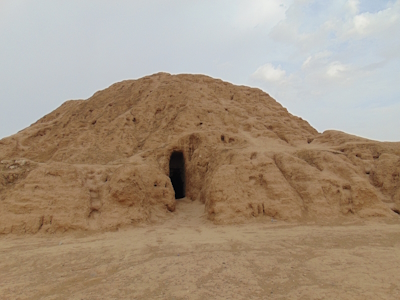
Ashur (Qal'at Sherqat) comprises the remains of the first capital of the Assyrian empire.
The city was the centre for worship of the god Ashur and the goddess Ishtar/Inanna. Ashur contained many important religious buildings and a handful of palaces. They show the evolution of the building practice from the Sumerian to the Parthian periods.
Community Perspective: Located near Mosul, it has been off-limits for decades. Thomas managed to visit in 2021 – the site hasn’t seen as much war damage as other Iraqi sites, but not much has been excavated.
Bamiyan Valley
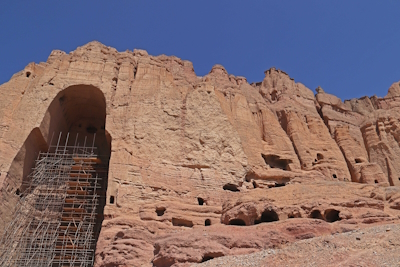
The Cultural Landscape and Archaeological Remains of the Bamiyan Valley is an outstanding representation of Gandharan Buddhist art and culture in Central Asia.
The kingdom of Bamiyan was a Buddhist state that was strategically located on the Silk Road and was an important centre of pilgrimage. The site consists of eight components, including caves with painted decorations and Buddha statues carved into the cliffs. The cliffs held two standing Buddhas, measuring 55 and 37 meters high respectively, that were the largest examples of standing Buddha carvings in the world. They were deliberately destructed in March 2001 by the Afghan Taliban government and only the niches remain.
Community Perspective: Sidney visited in 1971 and witnessed a spectacular sunset on the Buddha statues. Noone since has reviewed it, although Bamiyan is usually part of Afghanistan travel itineraries.
Derbent
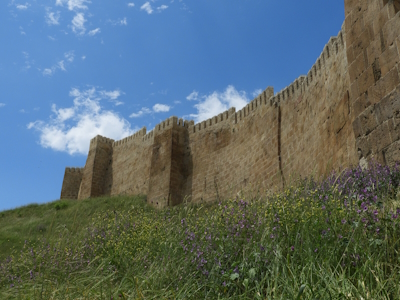
The Citadel, Ancient City and Fortress Buildings of Derbent are part of a strategic Sasanian defense system from the 5th century.
Situated on the western shores of the Caspian Sea, Derbent was in a position to control the traffic between Europe and the Middle East. The defense structures that were built by the Sasanians were in continuous use by the succeeding Persian, Arabic, Mongol, and Timurid governments. Its military function lasted till the 19th century.
Community Perspective: Derbent now lies in Dagestan, which has a troublesome reputation but still a fair number of community members managed to visit and you can do so without a special permit. You may find a heavily reconstructed fortress and have to walk around the ramparts with no rails.
Franciscan Missions in the Sierra Gorda
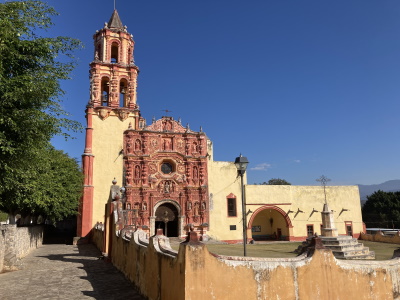
The Franciscan Missions in the Sierra Gorda of Querétaro are examples of the mid-18th century second phase of evangelization of Mexico.
They were founded by missionaries of the Franciscan Order on their way to northern Mexico. The churches are known for their richly decorated façades, which were the joint creative efforts of the missionaries and the local indigenous groups.
Community Perspective: Set in the beautiful surroundings of the Sierra Gorda, all 5 missions are worth a visit for their ornate decoration and the village of Tancoyol gets an extra thumbs up for its traditional way of life. Els has described getting to the missions on public transport.
Gebel Barkal
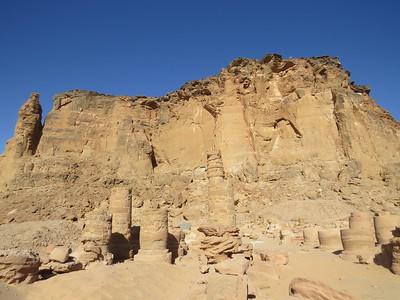
Gebel Barkal and the Sites of the Napatan Region are testimony to the important ancient culture of the Second Kingdom of Kush.
Gebel Barkal was believed to be the residence of the State God Amon and is still considered a sacred mountain. The five archaeological sites set on the banks of the Nile include unique funerary architecture (with and without pyramids), temples, living complexes and palaces. The walls of the structures are decorated with reliefs, writings and painted scenes.
Community Perspective: “You are likely to be the only tourists there,.. you could almost be a 19c explorer reaching the sites for the first time!” El-Kurru (with painted tombs) and Nuri (pyramid fields) are two of the other components worth visiting besides Gebel Barkal itself.
Kew Gardens
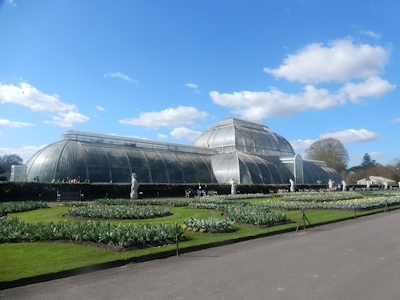
The Royal Botanic Gardens, Kew, are renowned for their role in the history of botany and their landscape gardens.
The Botanic Gardens at Kew were formally established in 1759 and hold extensive botanic collections that were accumulated over centuries. They are set in a typical English landscape garden, created by famous designers such as William Kent and Capability Brown. The architect William Chambers constructed a number of (oriental) decorative buildings at the site.
Community Perspective: The highlights are the two greenhouses from the Victorian period, the Temperate House and the Palm House. Worth a visit even if you are not that much into plants and horticulture. As Squiffy describes it: “There is something about Kew Gardens that is inescapably English. And by ‘English’ I mean the England of the mid-19th century as it marched off across the globe waving the flags of ‘science’ and ‘order’.”
Kunta Kinteh Island
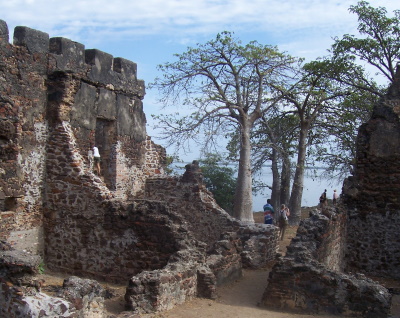
Kunta Kinteh Island and Related sites represent the first African-European trade route to the inland of Africa and the beginning and the conclusion of the West African slave trade.
The Portuguese built a fort here at the mouth of the River Gambia in 1456 to control the hinterland and exploit its riches. The designated area consists of 7 separate locations: James Island, Six-Gun Battery, Fort Bullen, Ruins of San Domingo, Remains of Portuguese Chapel, CFAO Building, Maurel Frères Building.
Community Perspective: widely available as a set day trip by river cruise from Banjul. The tours capitalize on the (fictional) story of the ‘Roots’ book and mini-series. Ian found most of the related sites in ruins; “however the Manuel Ferres building contains a good small museum about the history of the transatlantic slave trade”. Squiffy remarks on the only tenuous link with the slave trade some of the buildings have, “but it is still a story that needs to be told to underline the human impact. “
Mapungubwe
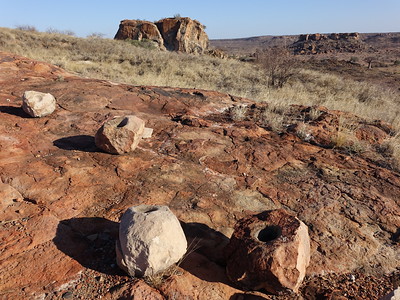
Mapungubwe Cultural Landscape covers the remains of what once was the most important inland settlement in Southern Africa.
It was the main settlement of the Kingdom of Mapungubwe, in its heydays the largest kingdom in Africa. Its inhabitants traded ivory and gold with the Swahili towns at the Indian Ocean shore from between ca. 900-1300 AD. A sacred royal leadership evolved, in which the royals came to distinguish themselves from the commoners by living in a secluded palace on Mapungubwe Hill. Mapungubwe was abandoned in the 13th century, after a sudden change in climate and/or losing its role on the trade routes.
Community Perspective: the sacred Mapungubwe Hill is only accessible on a guided tour, provided by the park office of the larger national park that it is part of. It’s worth staying a day (or two) longer to enjoy the very scenic surroundings.
Matobo Hills

The Matobo Hills comprise a living cultural landscape where people have interacted for over 100.000 years with the landscape, notably via rock paintings.
There are around 700 known sites with some 20.000 paintings. They date from the late Stone Age and the Iron Age, the oldest are 13.000 years old. Shrines and sacred places connected with the high God of the oracular cult Mwali are still in use.
Community Perspective: the Matobos offer a variety of sights, including several signposted caves with rock art and natural features such as distinct granite boulders and a game park area most notable for its reintroduced black and white rhinos.
Mausoleum of Khoja Ahmed Yasawi
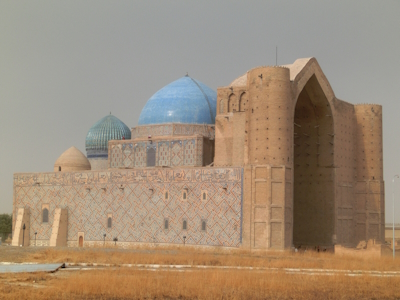
The mausoleum of Khoja Ahmed Yasawi is an influential Islamic religious monument built in the Timurid architectural style.
Khodja Ahmed Yasawi was a prominent Sufi poet and philosopher. In the 12th century, he was buried in a small mausoleum that attracted many pilgrims. It was Timur who erected the current immense mausoleum over his burial vault in the late 14th century. The design (conical domes, decoration such as muqarnas and glazed tiles) became a model for other major buildings of the Timurid period. The mausoleum is a multi-purpose structure, as it also serves as a mosque.
Community Perspective: of an impressive size, this is one of the highlights in Central Asia. Juha describes visiting by public transport, Clyde advises revisiting at different times of the day and Solivagant tackles the place of religion in contemporary Kazakhstan and the way in which the UNESCO site has been defined and presented.
Monte San Giorgio
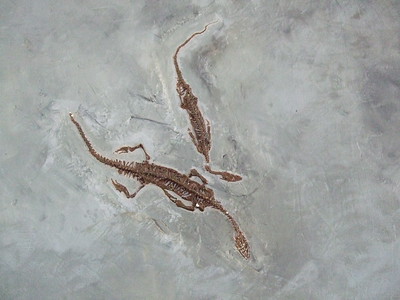
Monte San Giorgio is a mountain at Lake Lugano known for its marine fossils from the Mid-Triassic Period.
At that time (about 240 million years ago), the area had a tropical climate and a sea full of coral, fish, (long-necked) reptiles and turtle-like creatures. Fossils of these animals were found well preserved in what had been a sea basin. The quality of preservation is very high, a number of 'first discoveries' of species have been made here and the site has been studied for a long time.
Community Perspective: The museum in Meride is a worthwhile start, as it holds several fossils found at the site. There’s a trail that starts just outside Meride to take you into the core zone and to the top of Monte San Giorgio.
Phong Nha - Ke Bang
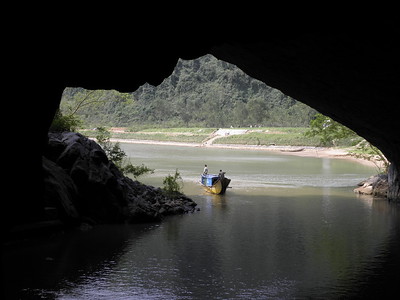
Phong Nha - Ke Bang National Park contains a complex karst system that is one of the oldest and largest in Asia.
The limestone landscape includes underground rivers and very large caves, such as the Son Doong Cave, first explored in 2009, which is the world’s largest known cave passage in terms of diameter and continuity. The caves hold many geomorphic features such as dry caves and sub-aerial stromatolites. The park is covered by (mostly primary) tropical forest and has a high floral and mammal biodiversity.
Community Perspective: This can be done as a day trip from Hué, but allow yourself plenty of time to enjoy the site (at least 3h). You can visit the Phong Nha cave in a small boat, which lets you ashore a few times as described by Els. The Paradise Cave supposedly is more spectacular – read Zoë’s review for that one. And Martina made it to the Dark Cave as well.
Purnululu National Park
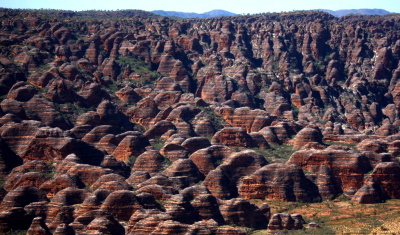
Purnululu National Park is famous for its sandstone domes, unusual and visually striking with their striping in alternating orange and grey bands.
This remote park includes the Bungle Bungle Range with its beehive-shaped karst sandstone. The banding of the domes is due to differences in clay content and porosity of the sandstone layers. The cone karst is of great scientific importance.
Community Perspective: You can fly in a small aircraft into the park: that way you will also have the opportunity to see the Bungle Bungles from the air. There are campgrounds to stay overnight.
Quebrada de Humahuaca
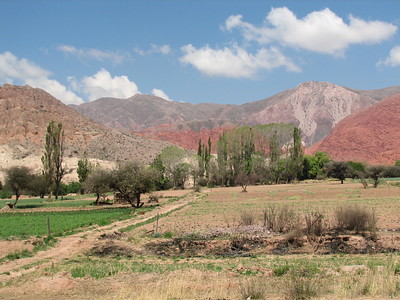
The Quebrada de Humahuaca is a mountain valley that has been in use as a cultural route between the Andean highlands and the plains for over 10,000 years.
Numerous tracks, roads, settlements and fields testify to the civilizations that once lived here: hunter-gatherers, prehistoric farmers, indigenous Omaguacas, Inca, Spanish and the Argentine Republic. Especially notable are the stone-walled agricultural terraces of Coctaca. Due to its strategic position, the area was colonized by both the Inca and the Spanish, who were after the trade, minerals and agricultural products.
Community Perspective: Although set in a stunning natural setting, its cultural values are harder to grasp – the Pucará of Tilcara may be the best of the ancient sites. Frédéric spent 4 days in the area and covered a number of interesting places.
Rock Shelters of Bhimbetka
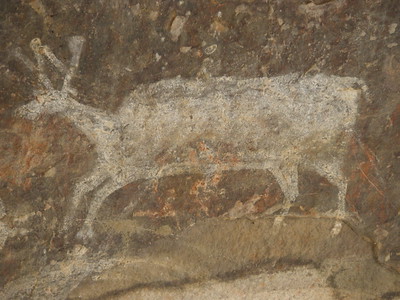
The Rock Shelters of Bhimbetka contain large numbers of rock paintings made by hunter-gatherers.
These natural shelters contain ca. 400 shelters. The earliest paintings are from the Mesolithic period. They are largely done in white and red and show the varied animal life of the forest environment and various aspects of the people's lives. In the local adivasi villages on the periphery of this site, remains of this tradition can still be found in the stylistic similarities with their house and handicraft decorations.
Community Perspective: Located in a peaceful area an hour’s drive south of Bhopal. Only a small part of the site is open to visitors. A signposted pathway leads you along about 15 rock shelters with paintings.
Sacri Monti of Piedmont and Lombardy
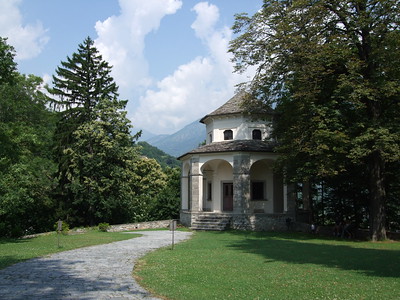
The Sacri Monti of Piedmont and Lombardy are groups of chapels that were places of prayer established by the Roman Catholic Church as a “New Jerusalem”.
They were developed mainly in the 16th century as an alternative to the pilgrimage to the Holy Land, which had become less accessible, and to counter the influence of the Protestant Reformation. The greatest Piedmontese and Lombard artists of the period created paintings and sculptures for these chapels. They are also known for their integration with the surrounding natural landscape.
Community Perspective: Be prepared for a bit of walking, as these lie uphill. John has provided short overviews of 8 of the 9 components. The “best” ones are Varese (with a Holy Road of 14 stations) and Varallo. Tsunami has compared the two.
Takht-e Soleyman
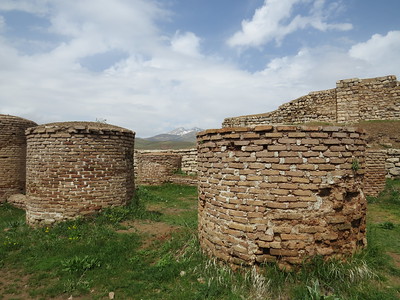
Takht-e Soleyman is the holiest shrine of Zoroastrianism and the most important relic of the former Sassanid Empire.
It dates from the 6th century but was partially rebuilt during the Ilkhanid period (13th-14th century): they added new constructions and reused the site as a palace. The area includes Takht-e Soleyman with its fire temple and Anahita temple, the small hill Zendan-e Suleiman (‘Solomon’s prison’), a mountain to the east that served as a quarry for the construction of the site, the archaeological mound Tepe Majid and Belqeis Mountain with a citadel.
Community Perspective: Go there for its mountain scenery and an introduction to Zoroastrianism, says Els. You can even visit in winter, as Zoë did. And oh, it isn’t a volcano (as Solivagant explains)!
Three parallel rivers of Yunnan
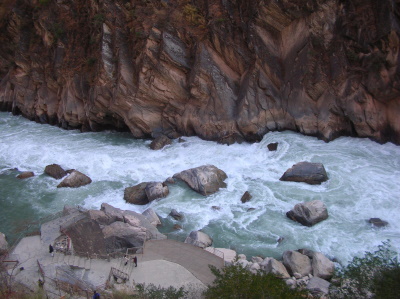
The Three Parallel Rivers of Yunnan Protected Areas represent a landscape of river gorges and high mountains.
The areas contain the watershed areas of the Yangtze (Jinsha), Mekong (Lacang) and Salween (Nujiang) rivers and glaciated peaks of over 6,000m altitude. It also has significant geological value, with it being on the "collision point" of tectonic plates and holding landforms such as alpine karst and alpine Danxia.
Community Perspective: Although this is mostly high mountain scenery no one will get to, a few component parts are accessible from the city of Zhongdian/Shangrila, including the Tiger Leaping Gorge, Podatso National Park (see Jarek's review), Balagezong Scenic Spot and Napa Hai (labelled as an “influencing area”).
Trebic
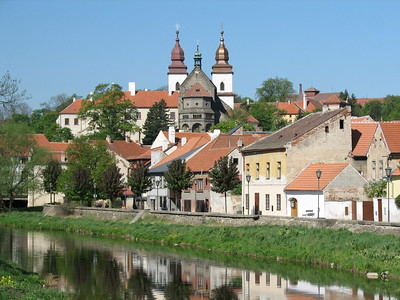
The Jewish Quarter and St. Procopius’ Basilica in Třebíč bear witness to the coexistence of and interchange of values between the Jewish and Christian cultures from the Middle Ages until the Second World War.
The 13th-century St. Procopius Basilica has both Romanesque and early Gothic features. The existence of the Abbey at this site stimulated the development of a marketplace, which attracted among others, Jewish merchants. Třebíč 's Jewish Quarter is the most representative of its kind in Central Europe. It is considered the most complete, including workshop-houses, synagogues, Jewish schools, a cemetery, a hospital and a factory.
Community Perspective: The peaceful Jewish cemetery and the uniform Jewish quarter (with the Rear Synagogue recommended for a visit) are the soul of this site. Matejicek makes a case for the Basilica as well. Třebíč furthermore stands out for its excellent signage and interpretation of the sights.
Úbeda and Baeza
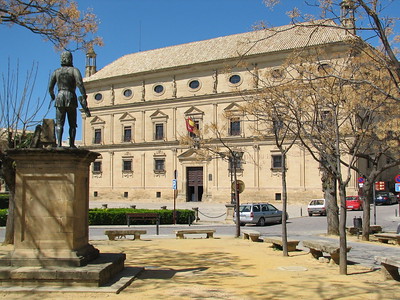
The Renaissance Monumental Ensembles of Úbeda and Baeza holds the best-preserved examples of Italian Renaissance architecture in Spain.
Both Andalusian towns developed a certain wealth in the 16th century and competed with each other in the design of Renaissance buildings. In Úbeda, the aristocratic families were the driving forces, while in Baeza the town council ordered fabulous public works. The Spanish architect Andrés de Vandelvira was responsible for the design of buildings in both towns; his ideas also spread to Latin America.
Community Perspective: There just are not that many Renaissance buildings in a country that is full of Gothic, Moorish and Baroque buildings, so for that reason they do stand out a bit. But neither of the towns will impress you much if you’ve been to Italy before.
Uvs Nuur Basin
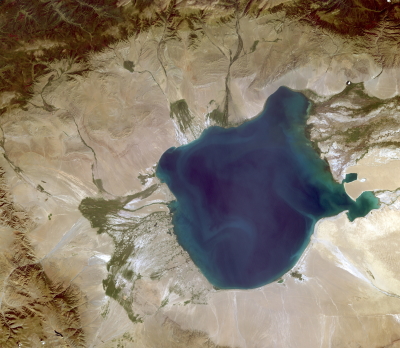
The Uvs Nuur Basin covers a range of diverse ecosystems within the closed catchment of the saline Uvs Nuur lake system.
The landscapes include desert, steppe, forests, wetlands, tundra and high mountain peaks with glaciers. This diversity, combined with the absence of major human impact, is also reflected in a rich variety of plant and animal species. It supports both resident waterfowl and migrating birds. Mammal species found here include snow leopard, mountain sheep (argali), Pallas’s cat and the Siberian ibex.
Community Perspective: This site has been unreviewed so far. It consists of 12 strictly protected areas in Russia’s Tuva Republic and Mongolia.
Valparaiso
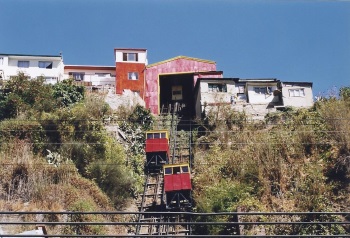
The Historic Quarter of the Seaport City of Valparaiso testifies to Valparaiso's leading position as a merchant port in the late 19th century.
Valparaiso played an important role on the Pacific Coast during the early phase of globalisation, before the opening of the Panama Canal. The geographic location on steep hills and the different nationalities of the inhabitants have led to a distinct and innovative urban landscape.
Community Perspective: some of our reviewers were more bothered than others by the fact that Valparaiso's best days clearly are behind it. But the historic elevators to travel between the lower and upper parts are a joy, and the maze of stairs and alleys in the upper town are the highlights of a visit.
White City of Tel-Aviv
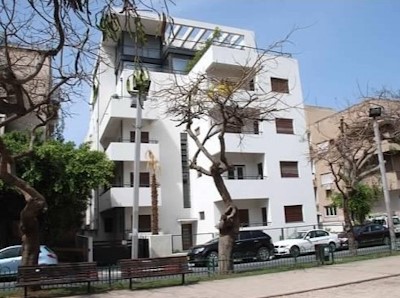
White City of Tel-Aviv - the Modern Movement is a result of innovative town planning adapted to local conditions.
The masterplan for the rapidly growing economic metropolis was created in the 1930s by Sir Patrick Geddes. It was inspired by the Modern Movement in architecture as it developed in Europe. The buildings, of which over 4,000 remain, were designed and executed by various Jewish architects who had studied in or fled from Europe.
Community Perspective: Tel Aviv is known as a vibrant city, but the three neighbourhoods where these ‘white buildings’ remain suffer from neglect. It’s best to start at the Bauhaus Centre at 99 Disengoff and then walk along the major buildings with a map in hand (the areas of interest are not contiguous). Matejicek is the reviewer who liked it most, he provides tips for a good visit.
Wooden Churches of Southern Malopolska
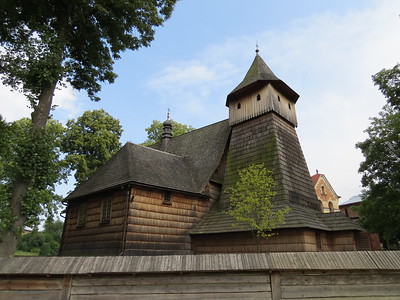
The Wooden Churches of Southern Malopolska comprise six medieval Gothic churches built in the horizontal log technique.
They belong to the Roman Catholic tradition and their layout arose from liturgical requirements. The construction of the churches was funded by wealthy sponsors as a sign of prestige. They lie in the Carpathian foothills, often in picturesque valleys, and are still in use.
Community Perspective: One of the "treasure hunt" experiences on the List. These churches lie in a very scenic region and deserve all to be visited (best by car). Be prepared to make phone calls to “the ladies with the key” (their numbers are posted near the churches’ doors) to open them up for you.
Extended Sites in 2003
Central Amazon Conservation Complex
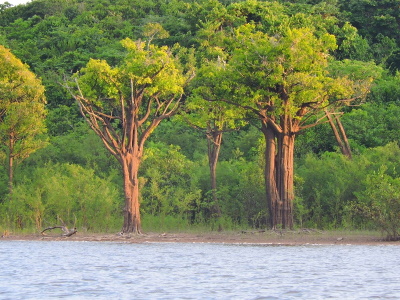
The Central Amazon Conservation Complex comprises four nature reserves which together represent the most important ecosystems of the Amazon.
These include várzea and igapó forests, which are seasonally flooded by silty river water, and blackwater rivers, which slowly flow through forested swamps or wetlands. Furthermore, Anavilhanas is the second-largest river archipelago in the world with some 400 islands. The area is also known for its fish such as the giant Arapaima, many plant species, and endemic birds.
Community Perspective: the easiest to reach (but possibly also the least rewarding) of the four components is Anavilhanas, which can be done on a day trip from Manaus. Els covered Mamiraua, João Jaú NP, and Amana Reserve so far is unreviewed.
João Aender Brazil - 25-Feb-13
During carnival this year, unlike most Brazilians, I opted not to party, but, instead, to reach Central Amazon Conservation Complex, the WHS Brazil dedicated to its largest bioma.
First stop is Manaus, a large 2-million people city situated in the heart of Amazon forest. After that, with a rental car one must drive 200 km (paved roads in good condition) to a town called Novo Airão, from where you can easily visit the Anavilhanas National Park (it is no longer an Ecological Station since 2008). Anavilhanas comprises an average of 400 river islands and islets, depending on the dry or wet season. All of them are located within the Rio Negro (Black River), the largest blackwater river in the world and one of the most important tributary rivers of Amazon River.
Read OnImperial Tombs
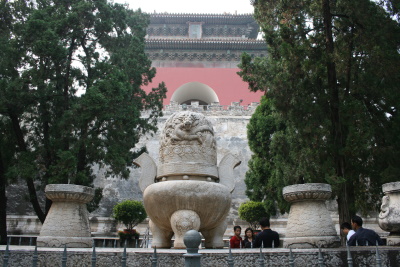
The Imperial Tombs of the Ming and Qing Dynasties are examples of funerary architecture built on the principles of feng shui.
These impressive mausolea were built over the course of five centuries, not only as places to rest the dead but also to accommodate royal ceremonies and to impress. The works combine the architectural arts of the Han and Manchu civilizations.
Community Perspective: After two extensions, this site geographically has strayed far from the well-known Ming Tombs near Beijing (which are usually part of a combination tour with the Great Wall, and where you’ll be “given a dull tour of a few reconstructed buildings”). Zos visited remote Ming Xian Ling in Zhongxiang.
Gladys Singapore - 01-May-05
Most of the tourist sites in China, such as the Ming tombs have concession tickets for the elderly over 65 or 70. Some places requires you to be 65, while some requires you to be 70 in order to qualify for 50% off the adult admission rate. If I remember correctly, the Ming Tombs offer 50% off for seniors above 65. Do remember to bring along your I.D. to prove your age.
Overall, I think it was a nice place to visit, but it will get extremely crowded in the underground palace. There were many local chinese visitors and most of them were quite rude and pushy. Do beware of your personal belongings as the locals have a very bad habit of pushing their way through instead of saying "excuse me".
Read OnPanamá
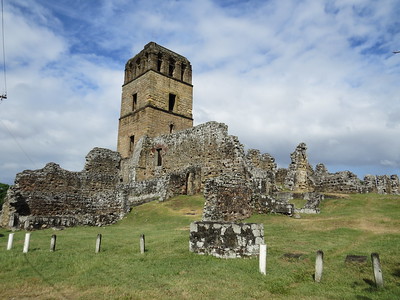
The Archaeological Site of Panamá Viejo and Historic District of Panamá represents the first European settlement on the Pacific coast of the Americas and its continuation as an important colonial city in a different location.
Panamá Viejo is an early example of colonial Spanish town planning. It was the starting point of the expeditions that conquered the Inca Empire in Peru and a stopover point of one of the most important silver and gold trade routes. The residents resettled in 1673 to the peninsula Panamá after an earthquake and a fire ravaged Panama Viejo. Its Casco Viejo features many architectural styles, from Spanish colonial buildings to French and Antillean townhouses built during the construction of the Panama Canal.
Community Perspective: The two sites lie about 11km from each other in different parts of Panama City. Solivagant has described Casco Viejo’s bad state of conservation in 2012, while Els in 2015 mentions improvements but also new threats. Overall, most reviewers find the Site of Panamá Viejo the most satisfying of the two to visit, though Ilya found Casco Viejo “pleasing to the eye”.
Philip T.K. Canada - 01-May-05

It takes around two hours to reach Casco Viejo, the historical district of Panama, from Portobelo (another WHS). Quick glimpses of the famous Panama Canal can be seen on the way. In Casco Viejo, the cathedral and the ruins of numerous churches are worth a quick visit. Most of the interesting sites are located near each other so walking is the best option. The president of Panama also lives here so a heavy police presence can be sensed.
After a brief visit, we headed towards Panama Viejo across town. This site was added to the WHS in 2003 as an extension. Although mostly ruined, I found this archaeological site to be the highlight of my visit to Panama. Unlike most colonial sites, I saw very little reconstruction in this one which gave it a sense of authenticity.
Read On